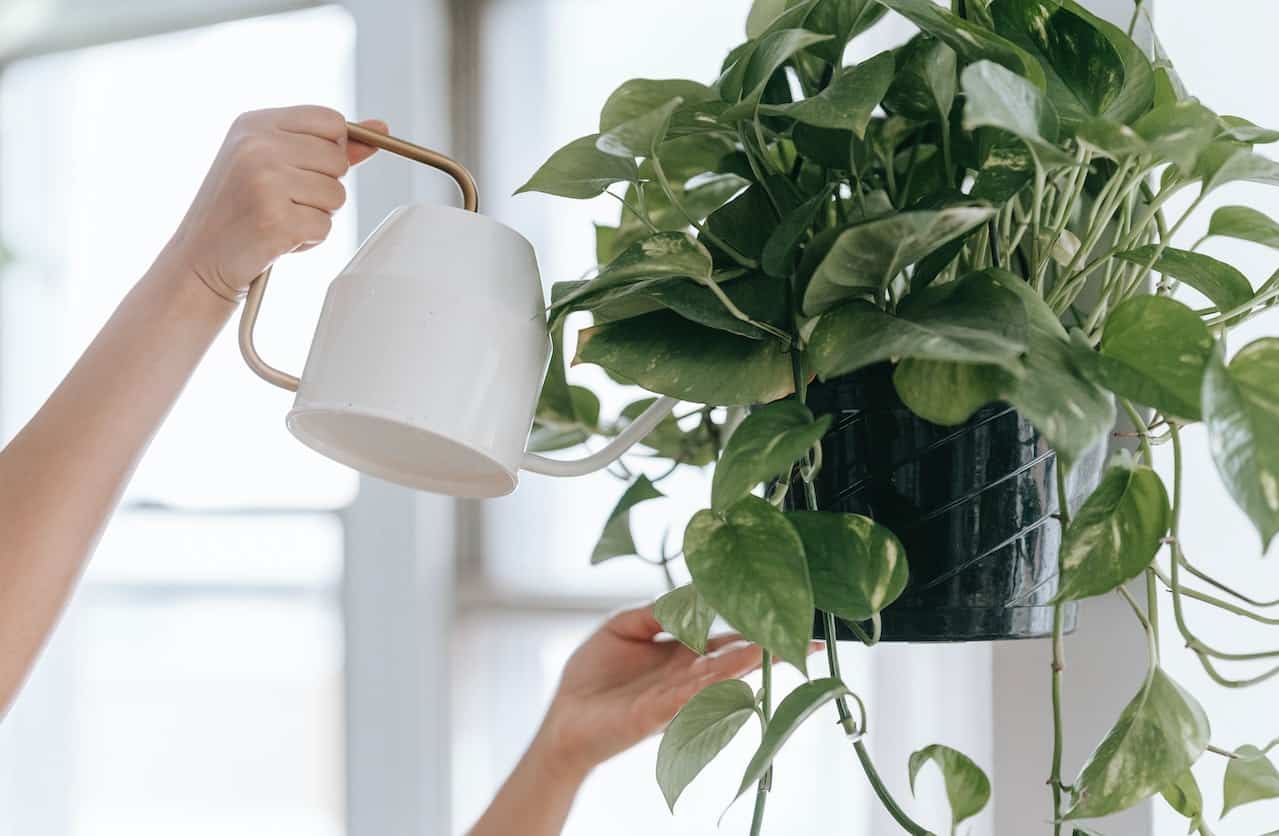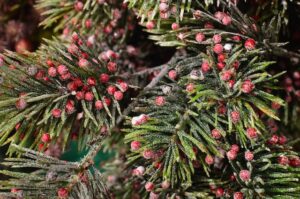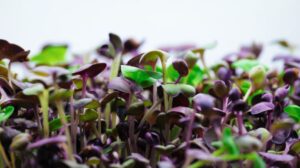Water is essential for all plant life, but it can be difficult to know how much to give your plants, especially if you’re growing them in containers. Follow these tips, and you’ll be sure to give your plants the hydration they need to thrive.
Know Your Plants
The first step in watering your plants properly is to know what kind of plants you’re dealing with. Different species have different watering needs, so it’s important to do your research and find out how much water your particular plants need. Once you know that, you can move on to the next step.
Choose the Right Soil
Not all soil is created equal. For container plants, you’ll want to use a light, well-draining potting mix. A heavy soil will stay wet for too long and could lead to root rot. A light potting mix will dry out more quickly, but that’s not necessarily a bad thing—plants need oxygen as well as water, and too much water can impede oxygen uptake.
Use the Right Kind of Containers
Just as important as the soil you choose is the container itself. Make sure you’re using pots with drainage holes in the bottom—otherwise, the water will just sit in the bottom of the pot and your plant’s roots could start to rot. plastic pots are lightweight and inexpensive, but they can dry out quickly, so you may need to water more often.
Clay pots are also an option, but beware that they can crack in extreme heat or cold. Metal pots are beautiful but can get very hot in summer weather, so make sure to choose one that has a dark or shiny finish so it won’t heat up as much. Finally, glazed ceramic pots are also an option; they’re heavy and not likely to tip over in strong winds, but they can be expensive.
Check Moisture Levels
Before watering your plants, it’s always a good idea to check the moisture levels in the soil first. The best way to do this is by sticking your finger into the potting mix—if it feels dry several inches below the surface, it’s time to water. Another option is to invest in a moisture meter; these devices measure moisture levels at different depths in the soil and can take the guesswork out of watering.
Water Deeply
When you do water your plants, make sure you give them enough so that water reaches their roots—a little bit of surface watering isn’t going to cut it. How long you need to water depends on both the size of your pot and how fast your potting mix drains; a large pot filled with a slow-draining mix may require 15 minutes or more of watering, while a small pot filled with a fast-draining mix may only need a minute or two. Just make sure you don’t allow the potting mix to dry out completely between waterings—plants need a consistent supply of moisture to stay healthy.
Water in the Morning
The best time of day to water your plants is in the morning; this gives them time to absorb moisture before the heat of the day sets in and causes evaporation. If you must water in the afternoon or evening (for example, if you have an irrigation system that waters automatically), do so early enough that the leaves have time to dry before nightfall; otherwise, humid conditions could lead to fungal diseases setting in overnight.
Water the Soil, Not the Foliage
When watering, be sure to focus on watering the soil and not the foliage. This will help prevent leaf diseases and keeps your plants looking their best. Watering from below also helps encourage root growth, which helps your plant absorb more nutrients and stay healthy.
Conclusion
With these tips, you’ll be well on your way to becoming a pro at container gardening. Remember to check moisture levels before watering, water deeply, and water in the morning (or early afternoon) for best results. And most importantly, focus on watering the soil and not the foliage of your plants. With a little care and attention, you’ll have beautiful container gardens that thrive all season long!









